Key Takeaways:
- Understanding the different types of solar landscape lights and their specific uses can help you make an informed decision.
- Factors such as brightness, battery capacity, and weather resistance are crucial when selecting the best outdoor solar lights.
- Proper installation and maintenance of solar lights ensure optimal performance and longevity.
Introduction
Choosing the right solar landscape lights can transform your outdoor spaces into a warm and inviting ambiance. With the increasing popularity of solar lighting, there are numerous options available, making it essential to understand what to look for. This guide will walk you through everything you need to know about selecting the best solar landscape lights for your needs.
Understanding Solar Landscape Lights
Solar landscape lights harness the sun's energy to illuminate your outdoor spaces. These lights come equipped with solar panels that convert sunlight into electricity, which is stored in rechargeable batteries. At night, the stored energy powers the LED bulbs, providing light without the need for external power sources.
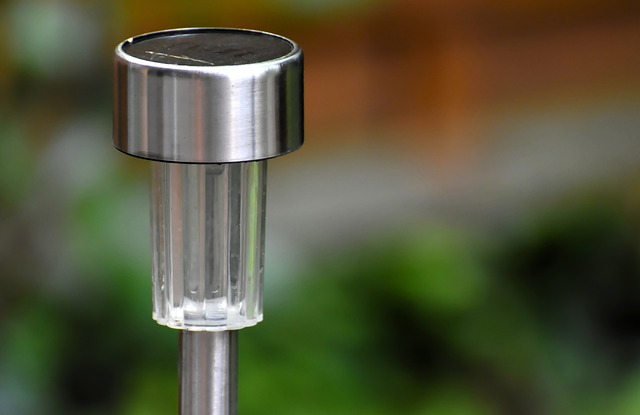
Solar lights are not only energy-efficient but also environmentally friendly, as they reduce greenhouse gas emissions. They are available in various styles, including solar pathway lights, solar string lights, and solar spotlights, each serving different purposes.
Types of Solar Landscape Lights
Solar Pathway Lights: Solar pathway lights are designed to illuminate walkways, driveways, and garden paths. They are typically low to the ground and provide a soft, ambient light that enhances safety and aesthetics. These lights are easy to install and require minimal maintenance.
Solar String Lights: Solar string lights are perfect for adding a decorative touch to your outdoor spaces. They can be draped over trees, fences, or pergolas to create a magical atmosphere. These lights are available in various colors and styles, making them ideal for parties and special occasions.
Solar Spotlights: Solar spotlights are used to highlight specific features in your garden, such as statues, trees, or architectural elements. They provide a focused beam of light and are usually brighter than other solar lights. These lights can be adjusted to direct light where it's needed most.
Factors to Consider When Choosing Solar Landscape Lights
Brightness: The brightness of solar lights is measured in lumens. Depending on your needs, you may require lights with different brightness levels. For example, solar pathway lights typically have a lower lumen output, while solar spotlights need to be brighter to highlight specific features.
Battery Capacity: Battery capacity determines how long your solar lights will stay illuminated. Look for lights with high-capacity rechargeable batteries to ensure they last throughout the night. Keep in mind that the battery's performance can be affected by factors such as cloudy days and indirect sunlight.
Weather Resistance: Outdoor solar lights need to withstand various weather conditions, including rain, snow, and extreme temperatures. Look for lights with a high IP (Ingress Protection) rating, which indicates their resistance to water and dust. This ensures your lights will continue to function properly regardless of the weather.
Installation Tips for Solar Landscape Lights
Placement: Proper placement of solar lights is crucial for optimal performance. Ensure the solar panels receive direct sunlight for most of the day. Avoid placing lights in shaded areas or under trees, as this can reduce their charging efficiency.
Mounting: Different types of solar lights require different mounting methods. Solar pathway lights are usually staked into the ground, while wall-mounted lights need to be securely attached to a vertical surface. Follow the manufacturer's instructions for proper installation.
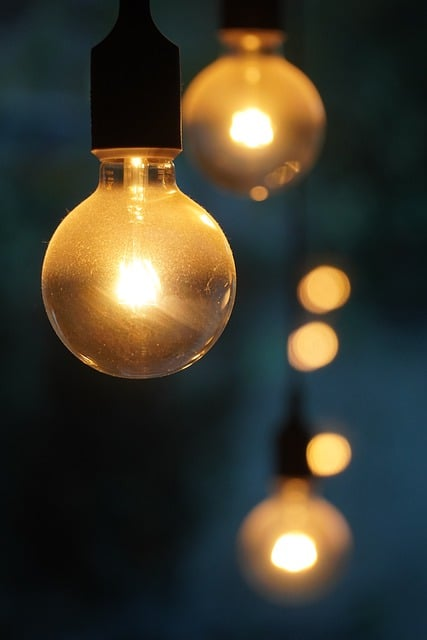
Maintenance and Care
Cleaning Solar Panels: Regularly clean the solar panels to ensure they receive maximum sunlight. Dust, dirt, and debris can accumulate on the panels, reducing their efficiency. Use a soft cloth and mild soap to clean the panels, and avoid using abrasive materials that could scratch the surface.
Replacing Batteries: Over time, the rechargeable batteries in your solar lights may lose their capacity. Check the manufacturer's guidelines for battery replacement and ensure you use compatible batteries. This will help maintain the performance and longevity of your lights.
Enhancing Your Outdoor Spaces with Solar Lights
Creating a Warm and Inviting Ambiance: Solar lights can transform your outdoor spaces into a warm and inviting ambiance. Use a combination of solar pathway lights, string lights, and spotlights to create a layered lighting effect. This not only enhances the aesthetics but also improves safety and functionality.
Highlighting Key Features: Use solar spotlights to highlight key features in your garden, such as statues, water features, or architectural elements. This adds depth and dimension to your outdoor spaces, making them more visually appealing.
Energy Efficiency and Environmental Benefits
Reducing Energy Consumption: Solar lights are energy-efficient as they rely on the sun's energy rather than electricity from the grid. This reduces your energy consumption and lowers your utility bills. Additionally, solar lights are equipped with LED bulbs, which are more energy-efficient than traditional incandescent bulbs.
Lowering Greenhouse Gas Emissions: By using solar lights, you contribute to reducing greenhouse gas emissions. Traditional outdoor lighting relies on electricity generated from fossil fuels, which release harmful emissions into the atmosphere. Solar lights, on the other hand, harness renewable energy, making them an eco-friendly choice.
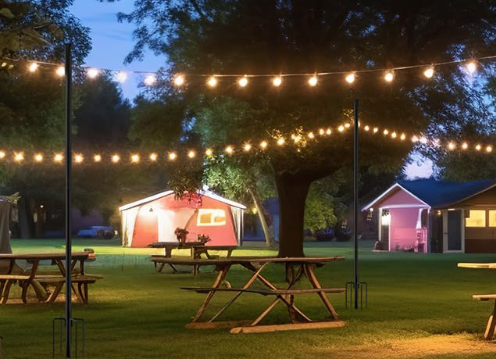
Choosing the Best Solar Lights for Your Needs
Assessing Your Lighting Requirements: Before purchasing solar lights, assess your lighting requirements. Consider the areas you want to illuminate, the desired brightness, and the type of lighting effect you want to achieve. This will help you choose the right lights for your needs.
Comparing Different Models: There are numerous solar light models available, each with its own features and specifications. Compare different models based on factors such as brightness, battery capacity, weather resistance, and price. Reading customer reviews can also provide valuable insights into the performance and reliability of the lights.
Popular Brands and Models
Best Outdoor Solar Lights: Some of the best outdoor solar lights on the market include the URPOWER Solar Lights, LITOM Solar Landscape Spotlights, and the Aootek New Solar Lights. These lights are known for their brightness, durability, and ease of installation.
Solar Pathway Lights: For solar pathway lights, consider the GardenBliss Solar Pathway Lights, which offer a warm and inviting glow. Another popular option is the BEAU JARDIN Solar Pathway Lights, known for their stylish design and long-lasting performance.
Solar String Lights: When it comes to solar string lights, the Brightech Ambience Pro Solar String Lights are a top choice. They provide a warm, vintage-style glow and are perfect for creating a cozy atmosphere. Another great option is the AMIR Solar Powered String Lights, which are available in various colors and styles.
Innovative Features to Look For
Motion Sensors: Some solar lights come equipped with motion sensors, which activate the lights when movement is detected. This feature is particularly useful for security purposes, as it can deter potential intruders. Motion-activated lights are also energy-efficient, as they only illuminate when needed.
Dusk to Dawn Functionality: Dusk to dawn lights automatically turn on at dusk and off at dawn, providing continuous illumination throughout the night. This feature ensures your outdoor spaces are always well-lit without the need for manual intervention.
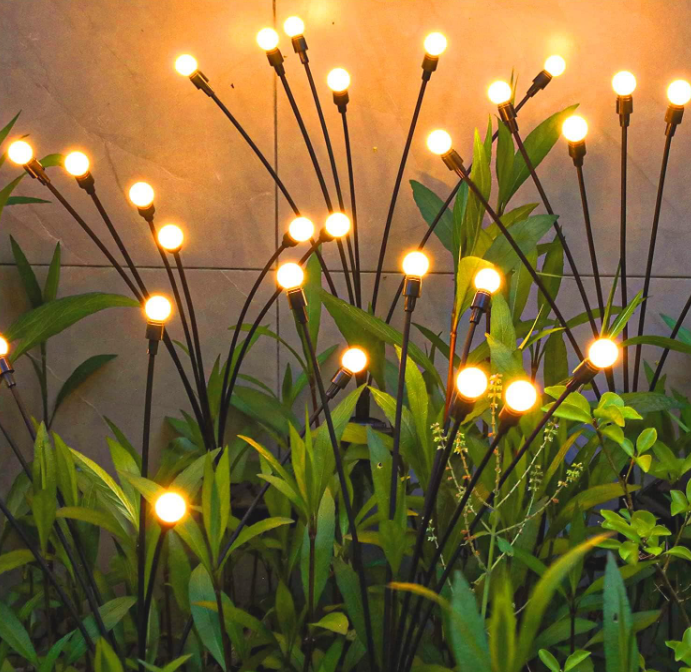
Decorative Solar Lighting Ideas
Fairy Lights: Fairy lights are a popular choice for adding a whimsical touch to your garden. These delicate lights can be wrapped around trees, shrubs, or pergolas to create a magical atmosphere. Solar-powered fairy lights are available in various colors and styles, allowing you to customize your outdoor decor.
Accent Lighting: Use solar accent lights to highlight specific features in your garden, such as flower beds, statues, or water features. These lights provide a soft, ambient glow that enhances the beauty of your outdoor spaces.
Maximizing the Performance of Solar Lights
Ensuring Enough Solar Energy: To maximize the performance of your solar lights, ensure they receive enough solar energy during the day. Place the lights in areas that receive direct sunlight for most of the day. Avoid placing them in shaded areas or under trees, as this can reduce their charging efficiency.
Using Reflective Surfaces: Using reflective surfaces, such as white walls or mirrors, can help increase the amount of sunlight that reaches the solar panels. This can improve the charging efficiency and overall performance of your solar lights.
Troubleshooting Common Issues
Dim or Flickering Lights: If your solar lights are dim or flickering, it may be due to dirty solar panels or low battery capacity. Clean the solar panels and check the batteries to ensure they are functioning properly. If the problem persists, consider replacing the batteries or the entire light unit.
Lights Not Turning On: If your solar lights are not turning on, check the on/off switch to ensure it is in the correct position. Also, make sure the solar panels are receiving enough sunlight during the day. If the lights still do not turn on, there may be an issue with the batteries or the light unit itself.

Cost Considerations
Initial Investment: The initial cost of solar lights can vary depending on the type, brand, and features. While some solar lights may be more expensive upfront, they can save you money in the long run by reducing your energy bills and maintenance costs.
Long-Term Savings: Solar lights are a cost-effective solution for outdoor lighting, as they do not require electricity from the grid. This can result in significant long-term savings on your utility bills. Additionally, solar lights have a longer lifespan compared to traditional incandescent bulbs, reducing the need for frequent replacements.
Environmental Impact
Reducing Carbon Footprint: By using solar lights, you contribute to reducing your carbon footprint. Solar lights harness renewable energy from the sun, reducing the reliance on fossil fuels and lowering greenhouse gas emissions. This makes them an eco-friendly choice for outdoor lighting.
Promoting Sustainability: Solar lights promote sustainability by utilizing renewable energy sources. They also reduce the demand for electricity from the grid, which can help decrease the overall environmental impact of energy production. Choosing solar lights is a step towards a more sustainable future.
Enhancing Security with Solar Lights
Motion-Activated Lights: Motion-activated solar lights are an effective way to enhance security around your home. These lights turn on when they detect movement, deterring potential intruders and providing visibility in dark areas. They are also energy-efficient, as they only illuminate when needed.
Strategic Placement: Place solar lights strategically around your property to enhance security. Install lights near entry points, such as doors and windows, as well as along pathways and driveways. This ensures your property is well-lit and reduces the risk of accidents or intrusions.

DIY Solar Light Projects
Creating Custom Pathway Lights: Create custom pathway lights by repurposing old jars or bottles. Simply place a solar light inside the jar or bottle and secure it with adhesive. This DIY project adds a unique and personalized touch to your garden while providing functional lighting.
Solar-Powered Lanterns: Make solar-powered lanterns by attaching solar lights to decorative lanterns. This project is perfect for adding a charming and rustic touch to your outdoor spaces. Hang the lanterns from trees or place them on tables to create a cozy and inviting ambiance.
Seasonal Considerations
Winter Maintenance: During the winter months, solar lights may require additional maintenance to ensure optimal performance. Snow and ice can accumulate on the solar panels, reducing their efficiency. Regularly clean the panels and remove any snow or ice buildup to ensure the lights continue to function properly.
Summer Performance: In the summer, solar lights typically perform at their best due to the longer daylight hours and increased sunlight. However, extreme heat can affect the battery capacity and overall performance of the lights. Ensure the lights are placed in well-ventilated areas to prevent overheating.
Integrating Solar Lights with Smart Home Systems
Smart Light Controls: Integrate your solar lights with smart home systems for added convenience and control. Smart light controls allow you to adjust the brightness, set schedules, and monitor the performance of your solar lights from your smartphone or tablet.
Voice-Activated Commands: Use voice-activated commands to control your solar lights with smart home assistants, such as Amazon Alexa or Google Assistant. This feature adds a layer of convenience and allows you to easily manage your outdoor lighting.
Solar Lighting for Garden Pathways
When it comes to illuminating your garden pathways, solar powered lights are a game-changer. Outdoor solar path lights not only enhance the aesthetic appeal of your garden but also improve safety by lighting up walkways. These lights harness the sun's energy during the day and automatically turn on at dusk, providing a warm and inviting ambiance.
Installing solar lights along your garden paths is a straightforward process, requiring no wiring or electrical expertise. Simply place the solar panel in a sunny spot, and let the solar cells do the rest.

Choosing the best solar light for your garden pathways involves considering factors like light output and battery capacity. Look for LED lights with high lumens for the brightest solar lights, ensuring your paths are well-lit even on cloudy days.
Motion activated lights are also a great option for pathways, as they provide bright lights only when needed, conserving energy. Decorative solar lights can add a touch of charm to your garden, with options ranging from classic lantern styles to modern, sleek designs. Remember, the key is to buy solar lights that complement your outdoor space while meeting your lighting needs.
Solar Lighting for Driveways and Streets
Solar driveway lights and solar street lights are excellent choices for enhancing visibility and safety in larger outdoor spaces. These lights are designed to withstand harsh weather conditions and provide consistent illumination throughout the night.
Installing solar lights in driveways and streets is a cost-effective solution, as they require no electrical wiring and have minimal maintenance needs. Wall mounted lights and solar powered spotlights are popular options for these areas, offering both functionality and aesthetic appeal.
When selecting solar lights for driveways and streets, consider the light output and energy efficiency. The brightest solar lights with high lumens are ideal for these areas, ensuring maximum visibility. Solar cells in these lights charge during the day, storing energy to power the lights at night.
For added security, motion activated lights can be installed, providing bright illumination when movement is detected. This not only deters potential intruders but also conserves energy. Decorative lighting options are also available, allowing you to enhance the curb appeal of your property while ensuring safety and functionality.
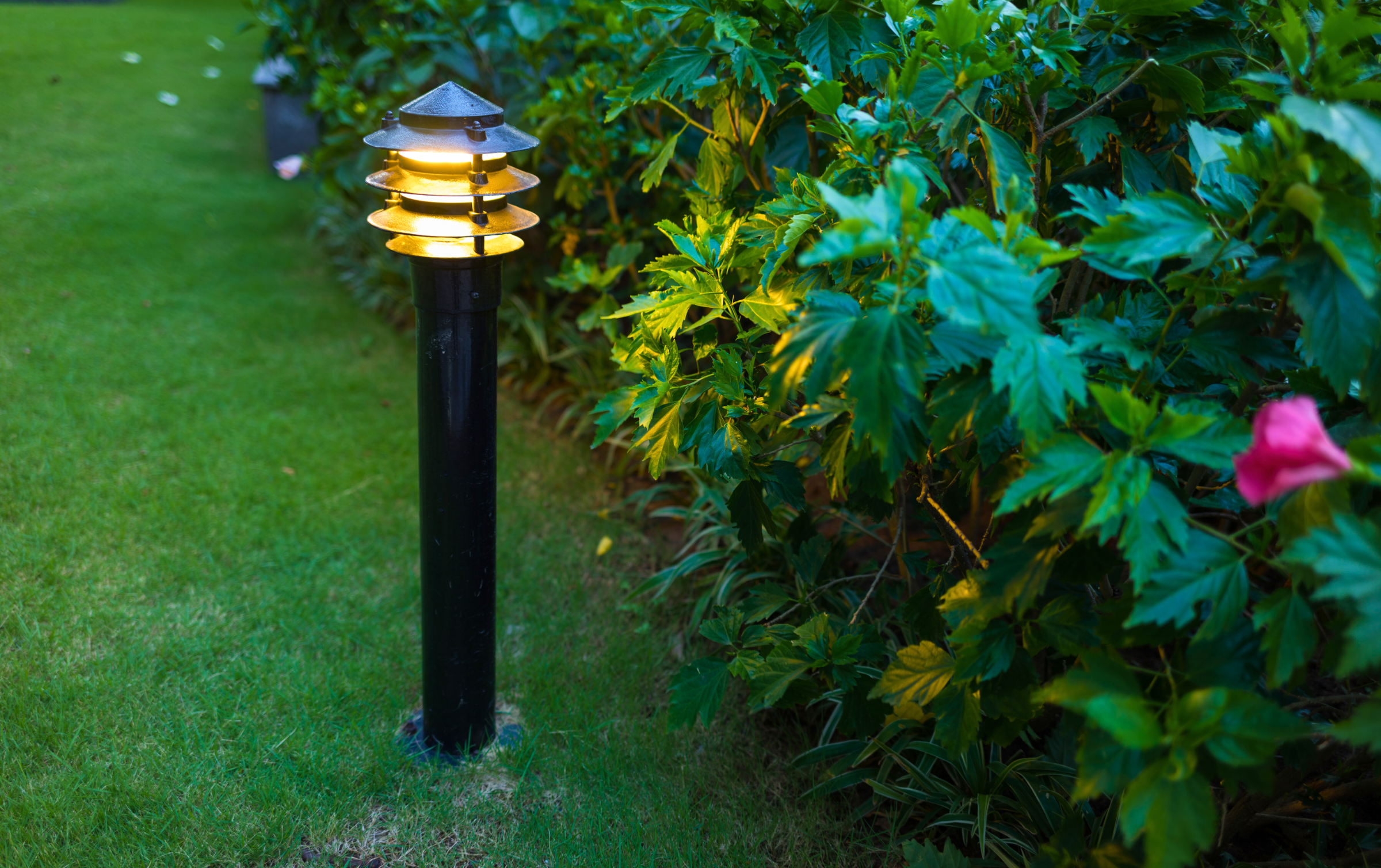
Conclusion
Choosing the right solar landscape lights can significantly enhance the beauty and functionality of your outdoor spaces. By understanding the different types of solar lights, considering factors such as brightness and battery capacity, and following proper installation and maintenance practices, you can enjoy the benefits of solar lighting for years to come.
Summary
Solar landscape lights are an excellent choice for illuminating your outdoor spaces while being energy-efficient and environmentally friendly. By understanding the different types of solar lights, considering factors such as brightness, battery capacity, and weather resistance, and following proper installation and maintenance practices, you can make an informed decision and enjoy the benefits of solar lighting for years to come.
FAQ
Q: How do solar landscape lights work?
A: Solar landscape lights work by harnessing the sun's energy through solar panels, which convert sunlight into electricity. This electricity is stored in rechargeable batteries and used to power LED bulbs at night. The lights automatically turn on at dusk and off at dawn, providing continuous illumination without the need for external power sources.
Q: Can solar lights work in cloudy or shaded areas?
A: Solar lights can still work in cloudy or shaded areas, but their performance may be reduced. The solar panels require direct sunlight to charge the batteries efficiently. In areas with limited sunlight, the lights may not stay illuminated for as long or may not be as bright. It's essential to place the lights in areas that receive the most sunlight for optimal performance.
Q: How long do solar landscape lights last?
A: The lifespan of solar landscape lights can vary depending on the quality of the lights and the conditions they are exposed to. On average, solar lights can last between 2 to 5 years. The rechargeable batteries may need to be replaced periodically, typically every 1 to 2 years, to maintain optimal performance. Regular maintenance, such as cleaning the solar panels and replacing batteries, can help extend the lifespan of your solar lights.










